As Chinese people, we are born with traditional and simplified Converter - Although you have never learned traditional Chinese characters, you can still read this sentence smoothly.
So simplified Chinese or traditional Chinese, who is better? After reading today's article, I believe you have the answer in your heart.
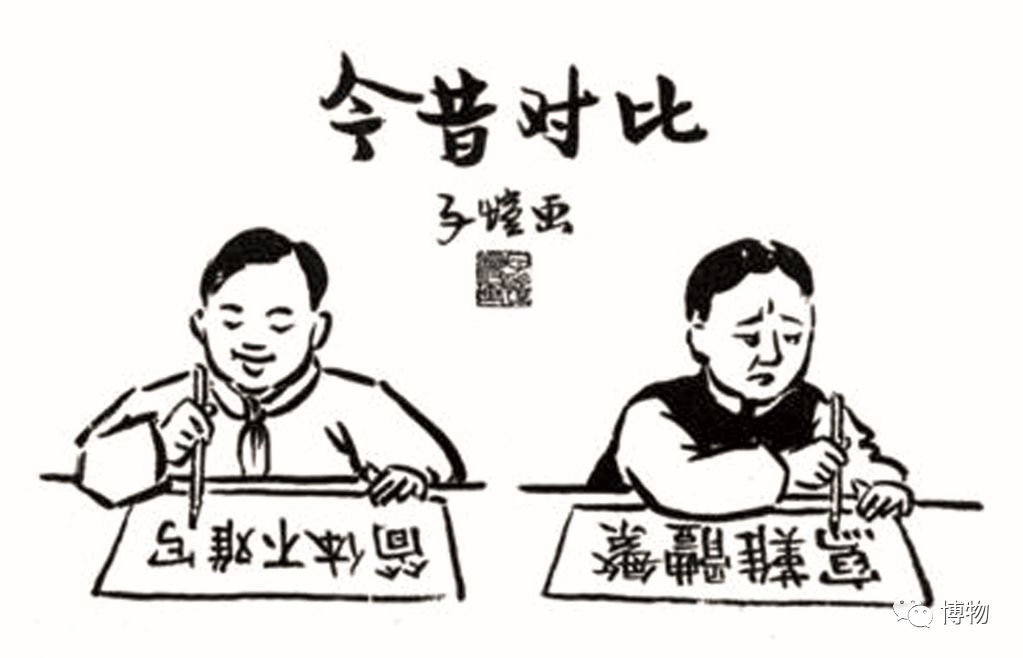
Drawing: Feng Zikai
Chinese characters< /strong>simplification, always in progress
Since May 4th New Youth advocated simplified characters, simplified characters are now widely known and have become Nearly a hundred years have passed. The simplification of Chinese characters is certainly related to social concepts and political needs, but at the same time, it is also inevitable in the history of writing development—Simplified characters may not be as "simple" as you think.
Oracle bone inscriptions, bronze inscriptions and seal script, they have witnessed the process of Chinese characters from scratch, from less to more. In order to record more content, the glyphs are continuously differentiated, and phonetic or ideographic symbols are added. This is the stage of "multiplication" of characters.
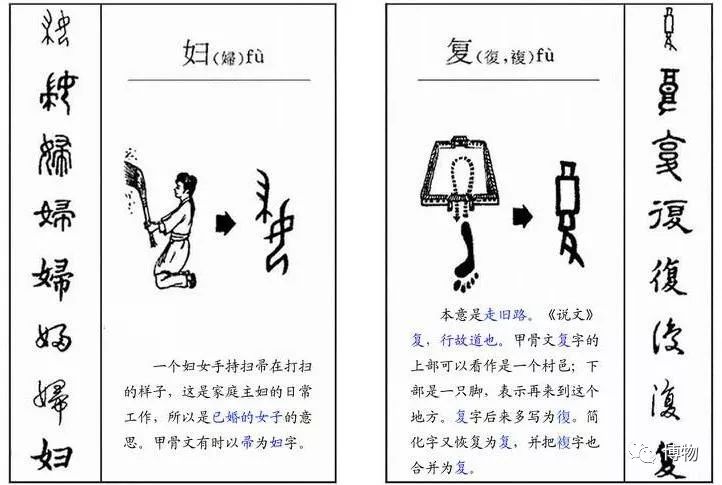
But when the Chinese character system matures, it will be simplified . As a tool for recording language and exchanging ideas, the most basic requirement is "easy to use". The simplification of Chinese characters is in line with the general trend of writing development.
The development from the complicated and difficult Xiaozhuan script to the easy-to-write and recognizable official script,This "clerical change" process is the biggest simplification in the history of Chinese characters-through this process, Chinese characters can be regarded as entering from ancient characters It has reached the stage of writing.
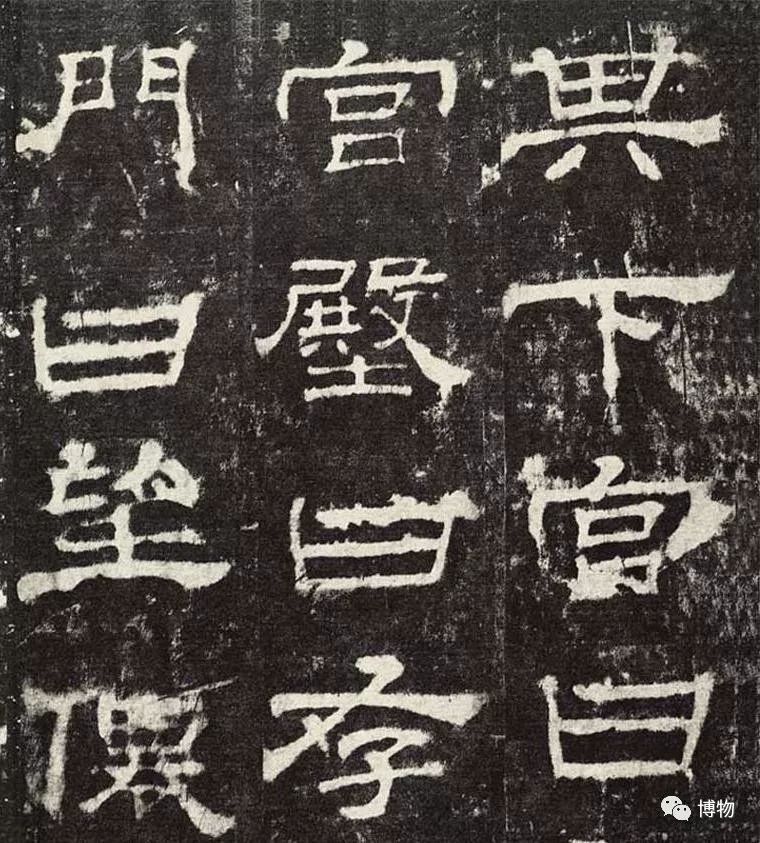
The model "Huashan Temple Stele" in Han Li
With the official script, the ancients may not follow the standard writing stroke by stroke. Instead, they often connect strokes to form running script and cursive script, and thus create many simplified words.
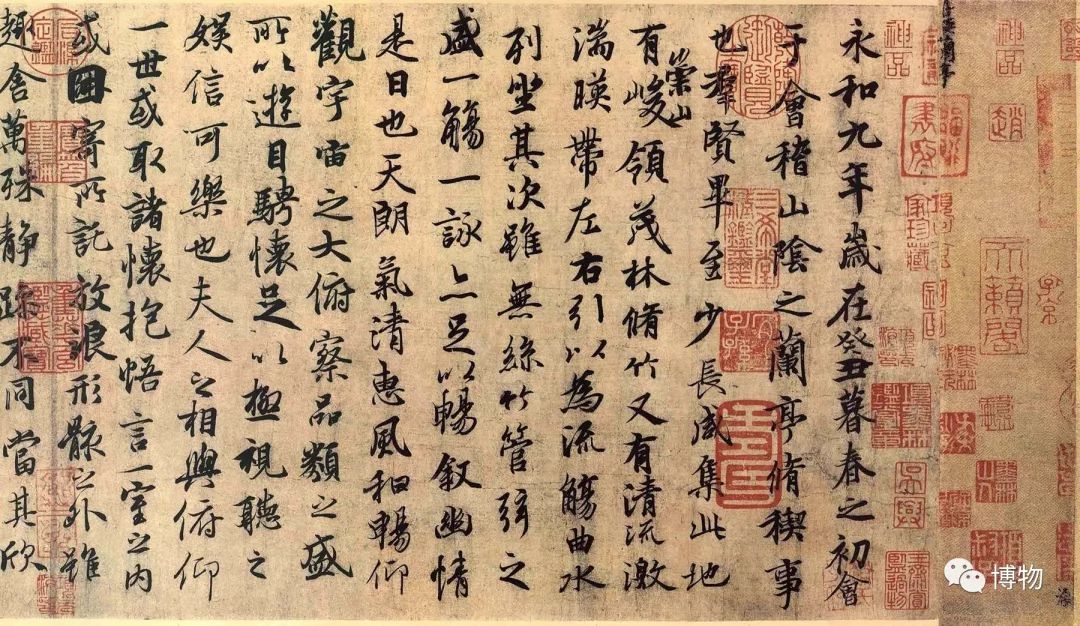
"Lanting Preface" copy of Feng Chengsu in Tang Dynasty
Later, regular script became popular. Improving efficiency will still save strokes, thus forming a concise "vulgar style".
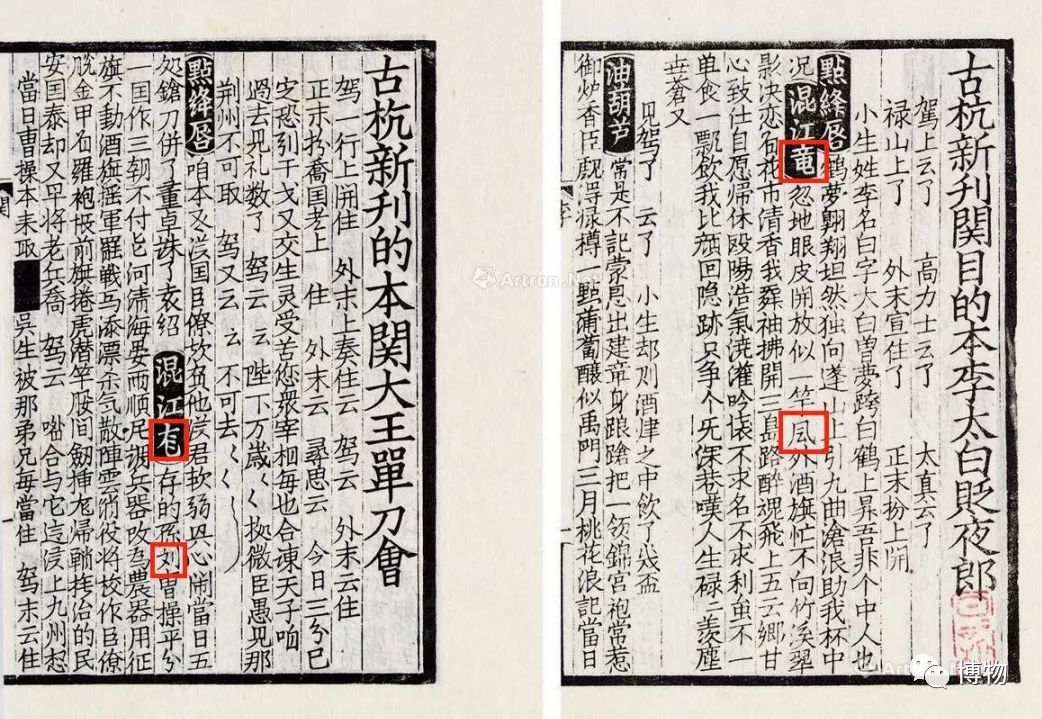
There are "Ancient and Modern Zaju" and "Jingben Popular Novels" in the Yuan Dynasty A large number of vulgar characters, this is the simplification of Chinese characters spontaneously carried out in the process of folk copying.
So, the simplification of Chinese characters has been going on quietly. The introduction of simplified characters after the founding of New China only artificially and systematically accelerated the process.
Simplification of Chinese characters:
1. Change radicals: For example, "lamp" is changed to "lamp", and "far" is shortened to "far", all of which simplify the radicals of Chinese characters. Or replace complex parts in the radicals with simple symbols, such as "pair" is simplified as "pair", "Han" is simplified as "Han" etc.
2. Delete components: such as 医 (医), 松 (杰), 五 (商), etc., all delete the "parts" in traditional characters and replace the whole with parts.
3. Kaihua of running script and cursive script: Rumen (门) comes from Wang Xizhi's running script; Fa (fa) comes from Zhiyong's cursive script.
4. Homophonic borrowing: For example, "li" in "inside" is replaced by "li"; "cai" in "just now" is replaced by "cai".
Modern simplified Chinese characters,There are in ancient times
Many simplified characters that existed in ancient times have been introduced into today's Simplified Chinese.
According to the statistics of the 1986 edition of "General Table of Simplified Characters", except for those characters that use simplified radicals, most of the simplified characters have appeared in ancient times. About 29% of them originated in the pre-Qin and Han Dynasties, about 38% were produced in the Yuan, Ming and Qing Dynasties, and less than 1% were newly created in New China.
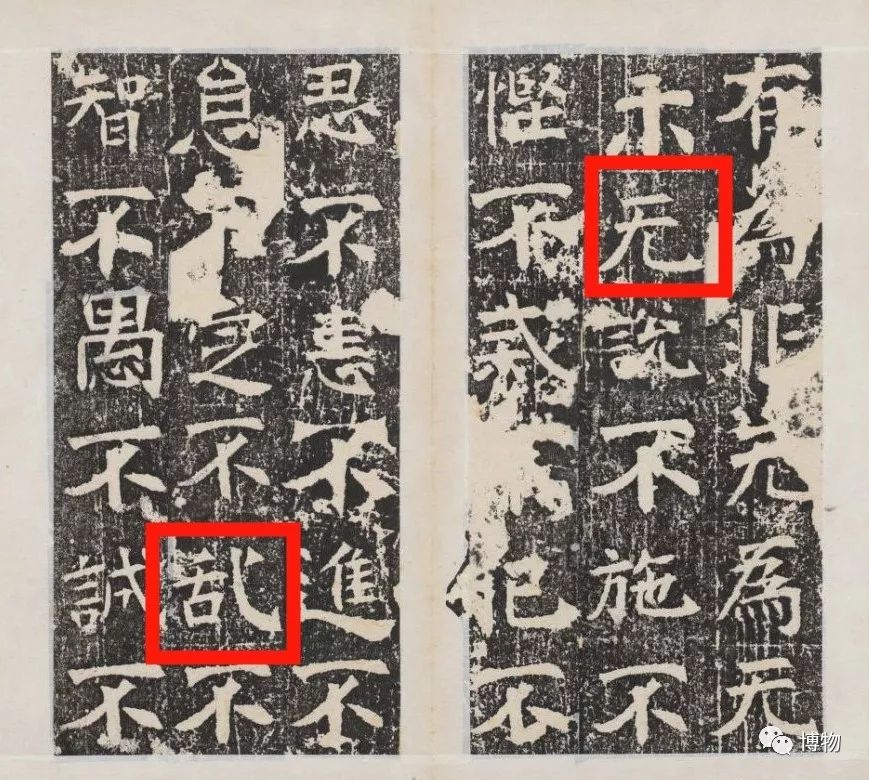
The simplified character "chaos" appeared in the Beiqi "Jijingbei" , "none"
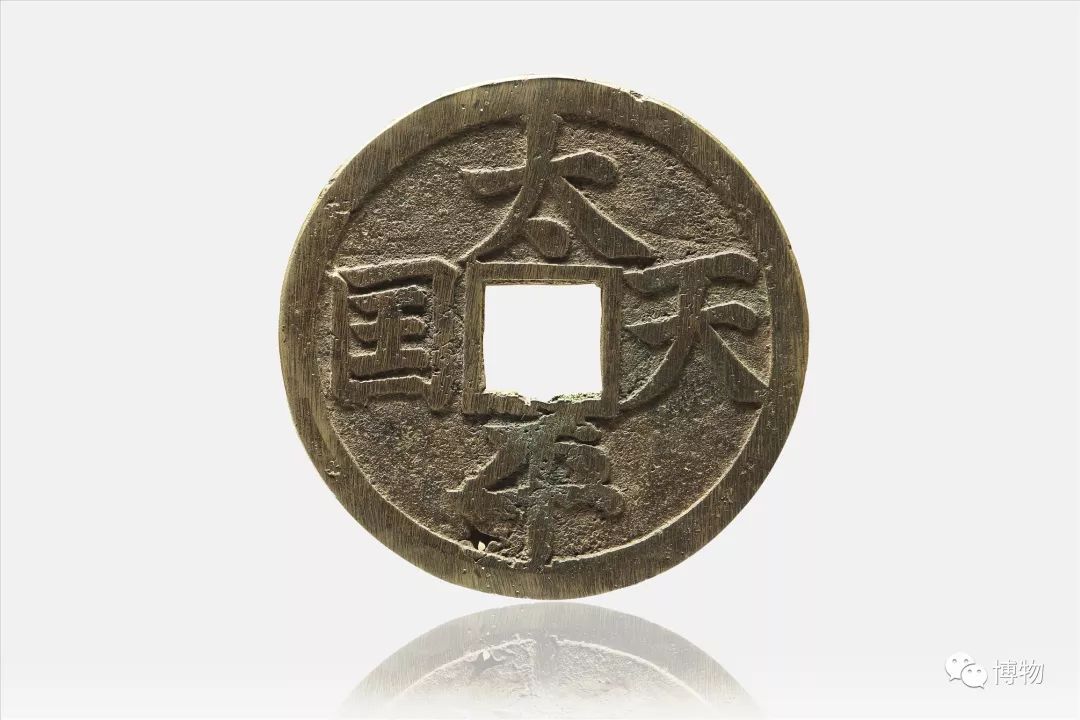
On the coins issued by the Taiping Heavenly Kingdom in the late Qing Dynasty, the word "国" was simplified to "国"
For example, "cloud" was originally written as "cloud", and Oracle is:
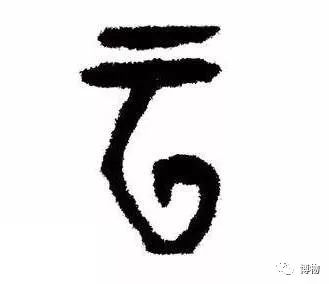
Later, it was used to express the meaning of "saying", and it was used to represent clouds The prefix "rain" is added to the word "cloud" to distinguish it. Now simplified to "cloud", it is actually back to the beginning.
When it comes to "connotation", from the point of view of the ideographic function of Chinese characters, many simplified characters are even better than traditional characters. For example, the traditional Chinese character "Zhong" can't tell what it means just by looking at the shape of the characters, but the simplified Chinese character "Zhong" is clear at a glance: it means a group of people. The traditional character "dust" is a knowing word: deer walk on the land, and it takes a detour to think of "floating dust"; while the simplified character "dust" is quite vivid: dust is fine particles of soil.
dust → dust
The word "dear" (written as "dear" in traditional Chinese) is said to mean "unseen relatives, unintentional love", which is actually not convincing. "Love" becomes "Love", from cursive script. The cursive character "love" appeared in Yuan Dynasty books.
Wang Xizhi wrote the word "love" like this:
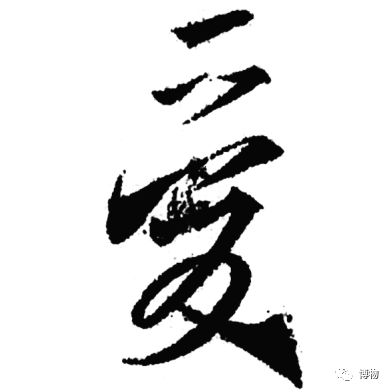
When Su Shi wrote the word "love" like this, the "heart" has long been hidden:
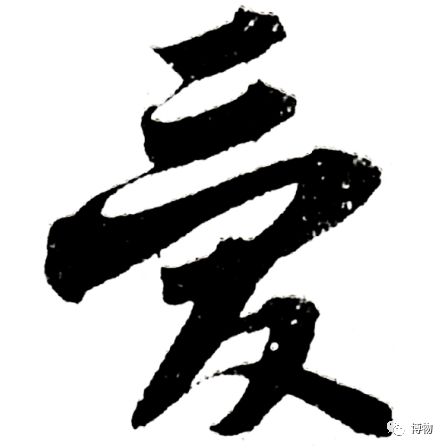
Traditional and simplified Conversion is a big pit
The most critical problem of changing traditional Chinese to simplified is that traditional and simplified are not One-to-one relationship. Therefore, if you directly use the "conversion between traditional and simplified" functions of software or web pages, mistakes will often occur.
For example, when the word "结" means "writing", the traditional and simplified writing methods are the same, but in addition, it can also appear as the traditional character of "结". Another example is "gan", when read qián, it is one of the eight trigrams, which means the sky, with the same shape; when read gan, it is the traditional character of "gan".
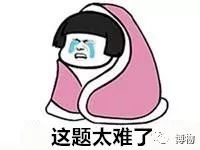
For the above situation, most of them can be analyzed and memorized according to the principles of philology. so as not to fall into the pit.
For another example, the word "发" in simplified Chinese corresponds to the two characters "hair" and "发" in traditional Chinese. Characters with "髟" are often related to hair, such as "hanging hair", "sideburns", "mane", so the traditional form of "白发" should be written as "白发". And "发" means to shoot a bow and arrow, andextends to start, so the traditional form of "happen" should be written as "happen".

Image from: Panorama.com
Even so, some traditional characters are still very easy to confuse. For example, "hunger" and "famine" were originally written in traditional characters as "hunger" and "famine". "Hunger" refers to the physical sensation, and "hunger" refers to crop failure. These two characters were not commonly used in the pre-Qin period, but they were occasionally used later, and when they were simplified, they were directly combined into one.
There are also traditional and simplified versions that look like one word, but are actually two words.
For example, "Ride the battlefield", now it is often used as "Ride the battlefield", but "the field "In fact, it is not the traditional "field" of "field", but it is pronounced as yì, and the right side is "yi" instead of "昜" (yáng, the same as "yang").
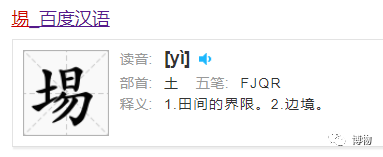
"Jiangyu" originally refers to After being misrepresented as a "battlefield", the frontier has become a general reference to the battlefield. This kind of false rumors, which will become true after a long time, is also a normal phenomenon in the evolution of language and writing.
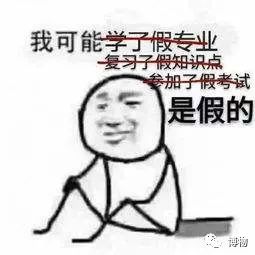
By the way, there is another fun thing, it is estimated that many young people now have no idea. Even after the founding of our country, although there was already an official simplified Chinese character standard released in 1964, the simplification of Chinese characters spontaneously by the people has not stopped—for example, the word "饭" with complex strokes is often abbreviated as "歺".
In response to this demand, in 1977, our countrypromulgated"The Second Simplification of Chinese Characters (Draft)". Shorthand".
Let's experience what the "two simplified characters" look like:
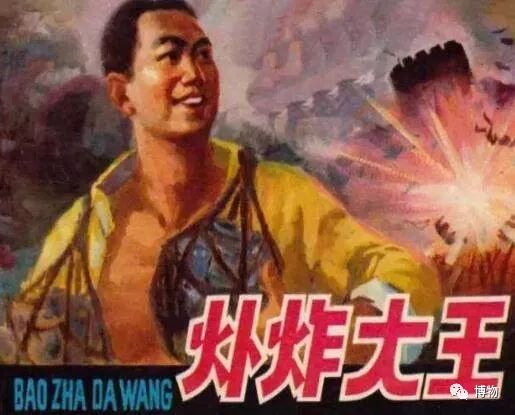
What fried king? ?
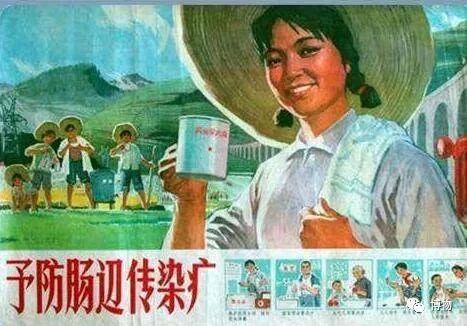
? ? ?
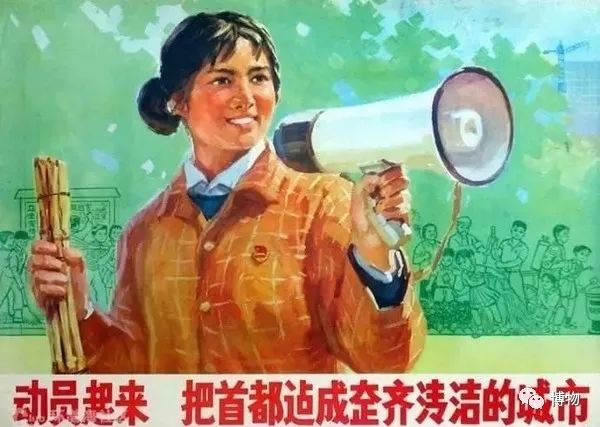
? ? ? ? ?
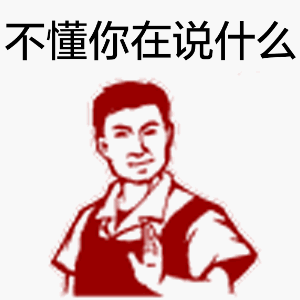
Because the "two simplified characters" were oversimplified, it caused a great confusion, so it was abolished in 1986.
Although "Er Jianzi" appeared in regular newspapers for a short time, until now, we can still see it on some handwritten signs:
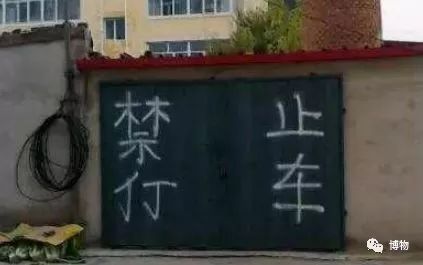
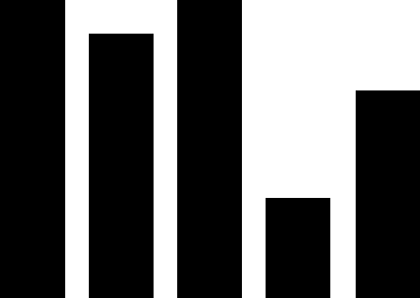
Which one do you think is better to use, traditional or simplified?
Let's chat in the comment area
Search within number
"Natural History" WeChat public account has opened the "Search within the account" service!
Just enter the homepage of the "Museum" official account, click "Wonderful content" in the lower left menu bar, and then select the first item "Search within the account", that is You can enter the search page. Enter the Keywords you want to view, and you can see all related previous issues.
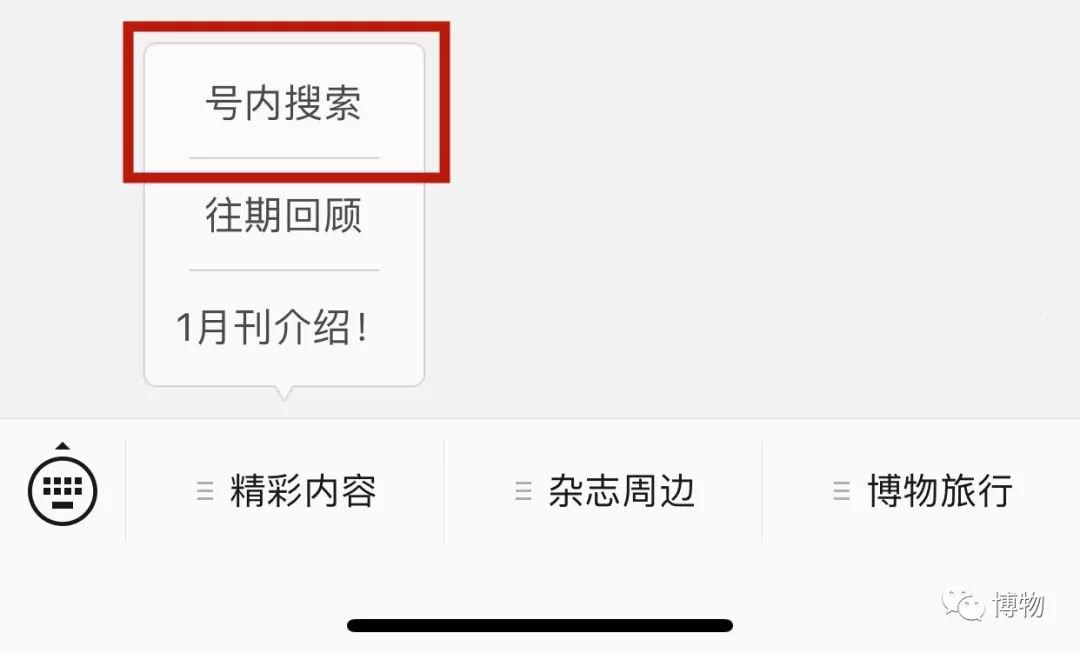
Written | Zaiyu
WeChat editor | happy
Articles are uploaded by users and are for non-commercial browsing only. Posted by: Lomu, please indicate the source: https://www.daogebangong.com/en/articles/detail/Traditional%20Chinese%20characters%20or%20simplified%20Chinese%20characters%20who%20is%20more%20noble%20than%20whom.html

 支付宝扫一扫
支付宝扫一扫 
评论列表(196条)
测试